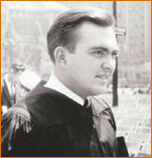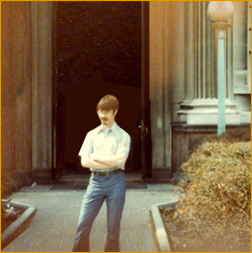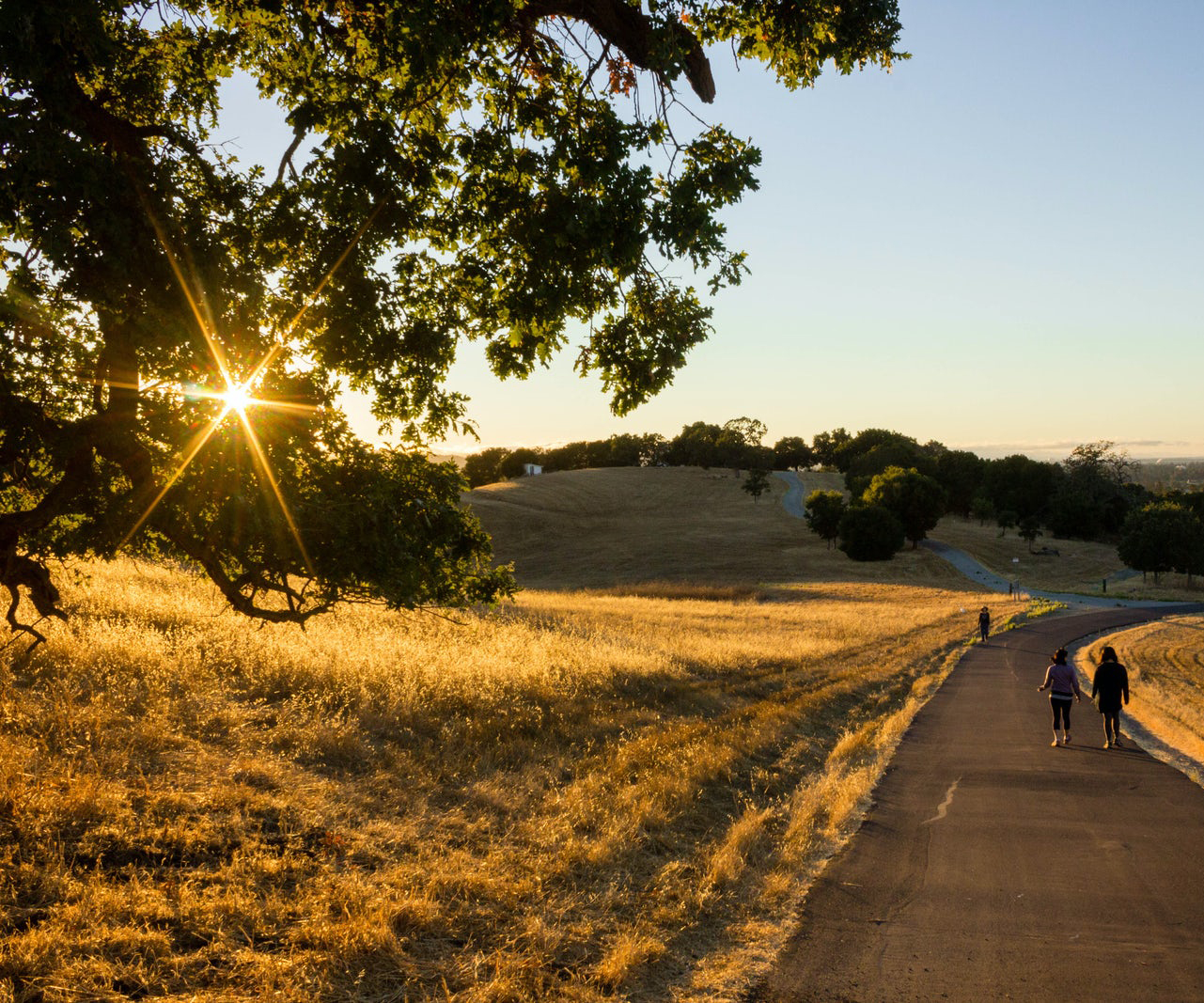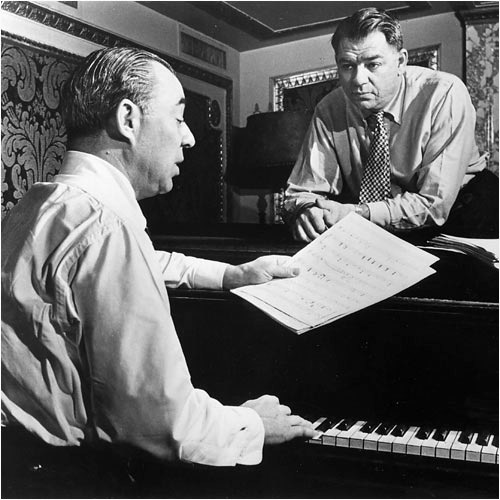|
A Crisis of Faith
Columbia Former nun that she was, my mother taught her children simple, heart-felt devotion to God. Among other things, she would lead our family in praying the rosary together. Our home was full of books about the lives of the saints, and we had all the volumes of the Catholic Encyclopedia, to familiarize ourselves (should we so choose) with the fine points of Catholic theology. I also served for several years at the local church as an altar boy. I would carry that Catholic faith with me until I was a young man, attending Columbia University in 1975 (like my father and mother before me) — and the extensive and rigorous education process there ripped that faith from me, leaving me in a profound crisis of faith. While at Columbia, I was exposed to a great variety of new influences — the ones considered most influential in shaping "Western civilization" . . . from the ancient Greek writers, to Hobbes, Hegel, Darwin, Marx, and Freud. While a few of these sources (for example, St. Augustine and Dante) were religious, most were materialistic in their philosophy and secular in their focus, and the fact that all of these new viewpoints seemed to have a grain of truth to them shattered my childhood simplicity. Adi Da's description of His time at Columbia University matched my own experience there perfectly:
That profound crisis of faith changed the course of my life, and sent me searching in new directions. I ceased being a practicing Catholic, and began instead to value and explore psychology as a means for gaining self-knowledge: my unconscious motivations, the reasons why I was not completely happy, and what I could do about that. On a practical (and karmic) level, I excelled in my academic studies, following in my parents' footsteps. By now I also had a string of "accomplishments" to add to my resume. In sixth grade, I had placed third in a New England-wide public speaking contest. As a high school junior, I had been awarded a research grant from the state of New Jersey for new research into the origin of life. As a sophomore at Columbia, I received the Professor Van Amringe Prize for "best freshman or sophomore mathematics student". As a junior, working during my summer break at IBM's Thomas Watson Research Center, I developed a new algorithm that was considered a breakthrough in the area of system stability.[1] As a senior, I was the narrator of Columbia University's annual Varsity Show, for which I was interviewed by New York City's Channel 5 News — and, for one evening (my "15 minutes of fame"!), was recognized everywhere I went in Greenwich Village because of a cover story and picture that had appeared in New York City's "cultural" newspaper, The Village Voice.[2]
I graduated from Columbia summa cum laude with a 4.0 grade point average and a degree in computer science in 1978. I then moved to California to attend Stanford University for my graduate studies, because it had a reputation for being the best graduate school in the world in the area of computer science. It all "made sense" on the level of the practical. But on another level, it also was simply another sign of my Guru's presence and influence in my life — a kind of "synchronicity" or "psychophysical resonance", as I (unknowingly) followed in His footsteps: becoming an altar boy at the local church (as He had been); winning an award in a major oratory contest for young people (as He had done); and attending the very same schools He had attended (Columbia, then Stanford) eighteen years earlier. Stanford In contrast with the frenetic (and, at times, even harsh) urban life of New York City, I experienced California as a great relief — a place where I could relax psychically, and focus on personal growth. Again, Adi Da's words about His own move from New York City to Palo Alto, California, describe very well what I was feeling, as I began my new life at Stanford University, and in northern California altogether:
Perhaps because the very psyche of the land supports and nurtures it, California has a history of giving birth to new "personal growth" movements and spiritual experiments. And so it was natural that, while I was pursuing my graduate studies in computer science, I also made time to explore human and spiritual potential. I participated in an EST-like organization called Lifespring, whose "encounter group" experiences [3] helped move me beyond the limitations of ordinary psychology into a larger view of reality, that included the possibility of "Enlightenment" as the greatest human potential. I started reading the literature of Eastern spirituality, and began personally experimenting with the notions I was reading about. I began having energy experiences of various kinds. For the first time, I read about the Guru-devotee relationship in the various spiritual traditions of the world; and I experienced the tangible spiritual transmission of two Gurus: Jiddu Krishnamurti, while reading one of his books; and the shaktipat guru, Yogi Amrit Desai, as he drove past and looked at me (while I was on a brief retreat at his Kripalu retreat center in Massachusetts). It was all excellent preparation for finding my Guru. I'll now describe some additional events in my life that helped prepare me for Avatar Adi Da.
|
||||||||||||||||||||||||||||
| Quotations
from and/or photographs of Avatar Adi Da Samraj used by permission of the copyright
owner: © Copyrighted materials used with the permission of The Avataric Samrajya of Adidam Pty Ltd, as trustee for The Avataric Samrajya of Adidam. All rights reserved. None of these materials may be disseminated or otherwise used for any non-personal purpose without the prior agreement of the copyright owner. ADIDAM is a trademark of The Avataric Samrajya of Adidam Pty Ltd, as Trustee for the Avataric Samrajya of Adidam. Technical problems with our site? Let our webmaster know. |
 The
experience of study at Columbia was completely devastating.
I had never in my life encountered any kind of sophisticated
thought. But now I suddenly became aware of the literature
of the world. The mood at Columbia in those years was profoundly
solemn and critical. . . . Grayson Kirk, who was then president
of the University, introduced us to college life with a
serious speech about the rising problems of humanity. He
promised that Columbia would not teach us the answers, but
we would perhaps learn the questions. Altogether, he indicated
that Columbia would not make us Happy, but he promised that
we would learn how to think.
The
experience of study at Columbia was completely devastating.
I had never in my life encountered any kind of sophisticated
thought. But now I suddenly became aware of the literature
of the world. The mood at Columbia in those years was profoundly
solemn and critical. . . . Grayson Kirk, who was then president
of the University, introduced us to college life with a
serious speech about the rising problems of humanity. He
promised that Columbia would not teach us the answers, but
we would perhaps learn the questions. Altogether, he indicated
that Columbia would not make us Happy, but he promised that
we would learn how to think.

